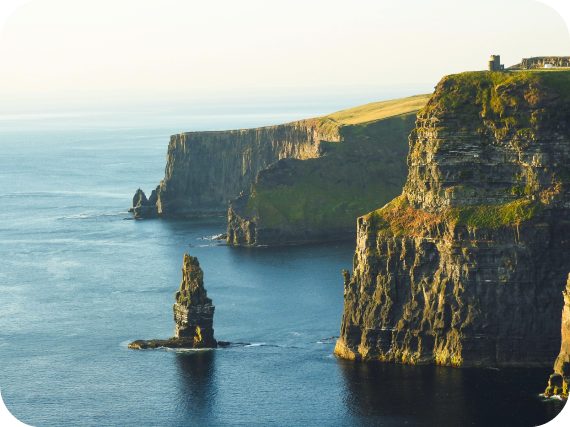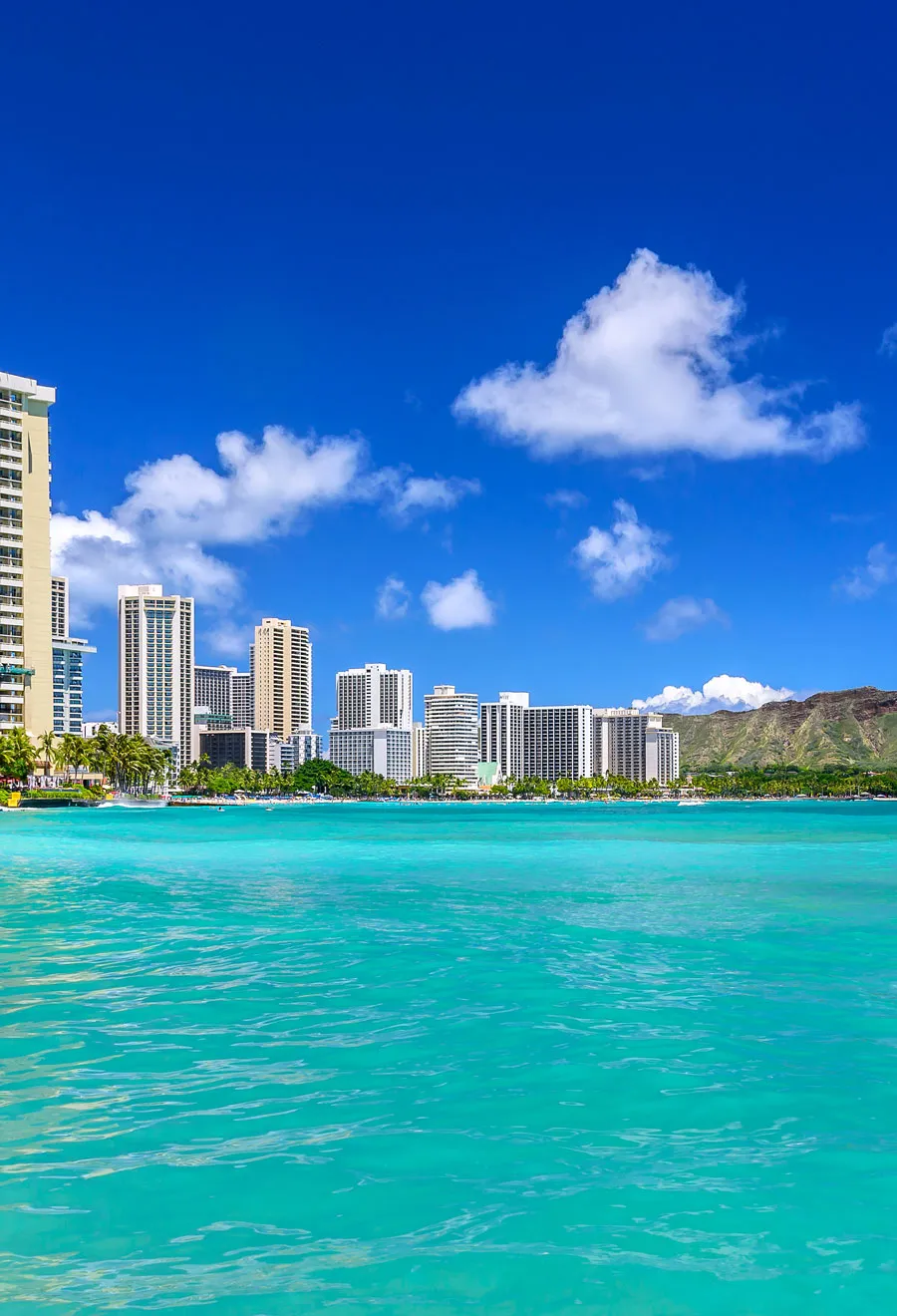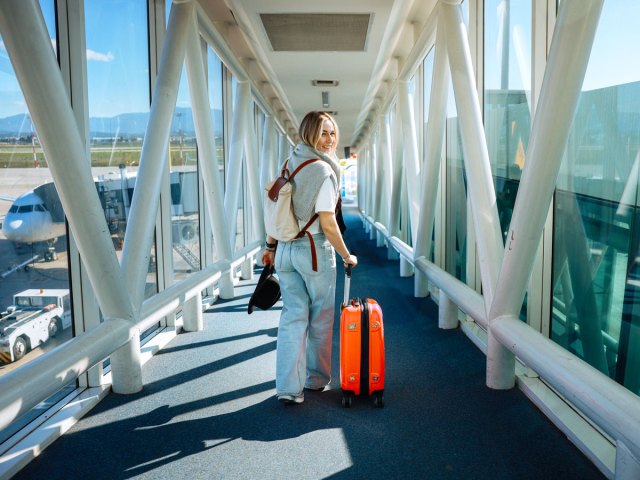The mnemonic “spring forward, fall back” reminds us to change our clocks twice per year. In March, we jump ahead one hour, while in November we turn the clocks back one hour — that is, unless you reside in one of two states. While the other 48 U.S. states observe daylight saving time, in these states the clocks remain consistent year-round. Here’s why these rare holdouts haven’t adopted daylight saving time like the rest of the country.
A Brief History of Daylight Saving Time
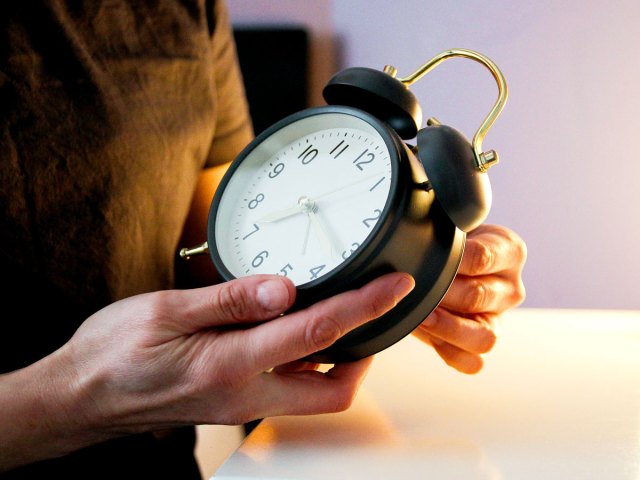
Though Benjamin Franklin suggested the idea of daylight saving time in a 1784 essay, it wasn’t formally adopted by many countries until the 20th century. The U.S. was among several nations to start observing daylight saving time during World War I. With an extra hour of daylight, there was less need to produce artificial light, which in turn helped conserve energy and fuel for the war effort. On a federal level, standard time and daylight saving time were established in the U.S. in 1918 as part of the Standard Time Act.
Decades later, Congress enacted the Uniform Time Act of 1966 in an effort to simplify adoption of the concept nationwide. The specific dates for when to change clocks were updated in 1986 and again in 2007.
Arizona

While most Americans look forward to that extra hour of sunlight during the summer, the same can’t be said for Arizonans. The Grand Canyon State opted out of the Uniform Time Act in 1967, choosing to remain on standard time year-round. In practice, this means that most of Arizona follows Pacific Time from mid-March to early November and Mountain Time the rest of the year.
The reason for this decision was twofold. Since Arizona is one of the hottest and sunniest states in the U.S., locals rely heavily on air conditioners to stay cool. If the state were to observe DST, a lot of ACs would be running for that extra hour to keep Arizonans comfortable. Sticking to standard time means less sunlight during conventional waking hours, which lessens the overall strain on the state’s energy grid.
The other reason is that, in summertime, many residents avoid going outside until the sun sets due to the extreme heat. By sticking to standard time, Arizonans can venture outside in the height of summer an hour earlier — around 8 p.m. instead of 9 p.m. — without feeling like their skin is about to melt off.
However, there is one exception to this exception: the Navajo Nation. The country’s largest Native American reservation is mostly located in the northeastern corner of Arizona, with parts that extend into New Mexico and Utah. In an effort to remain consistent across the entire reservation, the Navajo choose to observe daylight saving time, even though it clashes with the rest of Arizona.
Matters get even more convoluted, though, when you consider the Hopi Reservation, which is located within the Navajo Reservation. The Hopi do not observe DST, which falls in line with the rest of Arizona, meaning that you can end up jumping back and forth between times on a short car ride. For example, say you were driving from Flagstaff to the heart of the Hopi Reservation in the month of July. You’d begin in one time zone, jump an hour ahead when entering the Navajo Reservation, and then return back to the original time zone once you enter Hopi territory — all in the span of just over an hour of actual travel time.
Hawaii

A major reason why so many states embrace daylight saving time is to get that extra hour of summer daylight during the evening. But in a place like Hawaii — the state located closest to the equator — there’s little variation in the total sunlight hours throughout the year. Given the abundance of sunlight that already exists, the Aloha State felt little need to disrupt residents’ routines in search of more sun.
Part of the logic behind this decision has to do with the medical benefits of keeping clocks consistent. Studies show the potential negative health effects of messing with the body’s natural rhythm, suggesting that it’s beneficial to keep clocks the same throughout the year.
But while Hawaii residents don’t observe daylight saving time these days, this wasn’t always the case. The concept was trialed in 1933, but the law was revoked after just three weeks. After Hawaii achieved statehood in 1959, the state Legislature eventually decided to formally opt out of the Uniform Time Act in 1967.
Other Exceptions
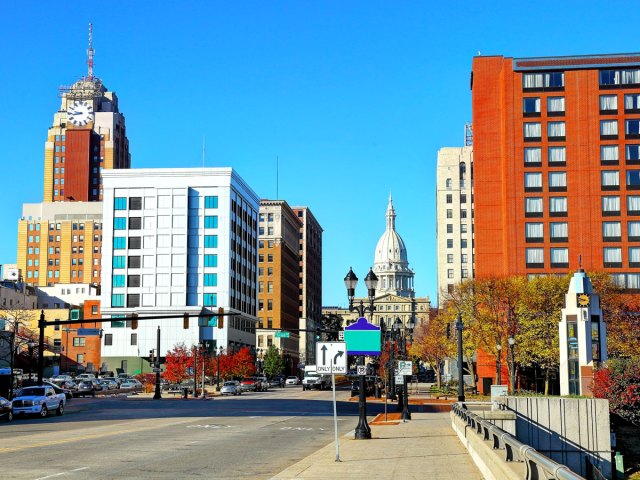
For a brief time, Michigan joined Arizona and Hawaii in opting out of daylight saving time. In a November 1968 referendum, Michigan voters chose to stick to standard time year-round. This remained in effect until the act was repealed in 1972, with daylight saving time once again adopted by Michigan the following year. The state has observed DST ever since.
Notably, all five major U.S. territories — American Samoa, Guam, the Northern Mariana Islands, Puerto Rico, and the U.S. Virgin Islands — observe standard time year-round. Much like Hawaii, these territories are located in tropical regions where the amount of daily sunlight is consistent throughout the year.
More from our network
Daily Passport is part of Inbox Studio, which publishes content that uplifts, informs, and inspires.


